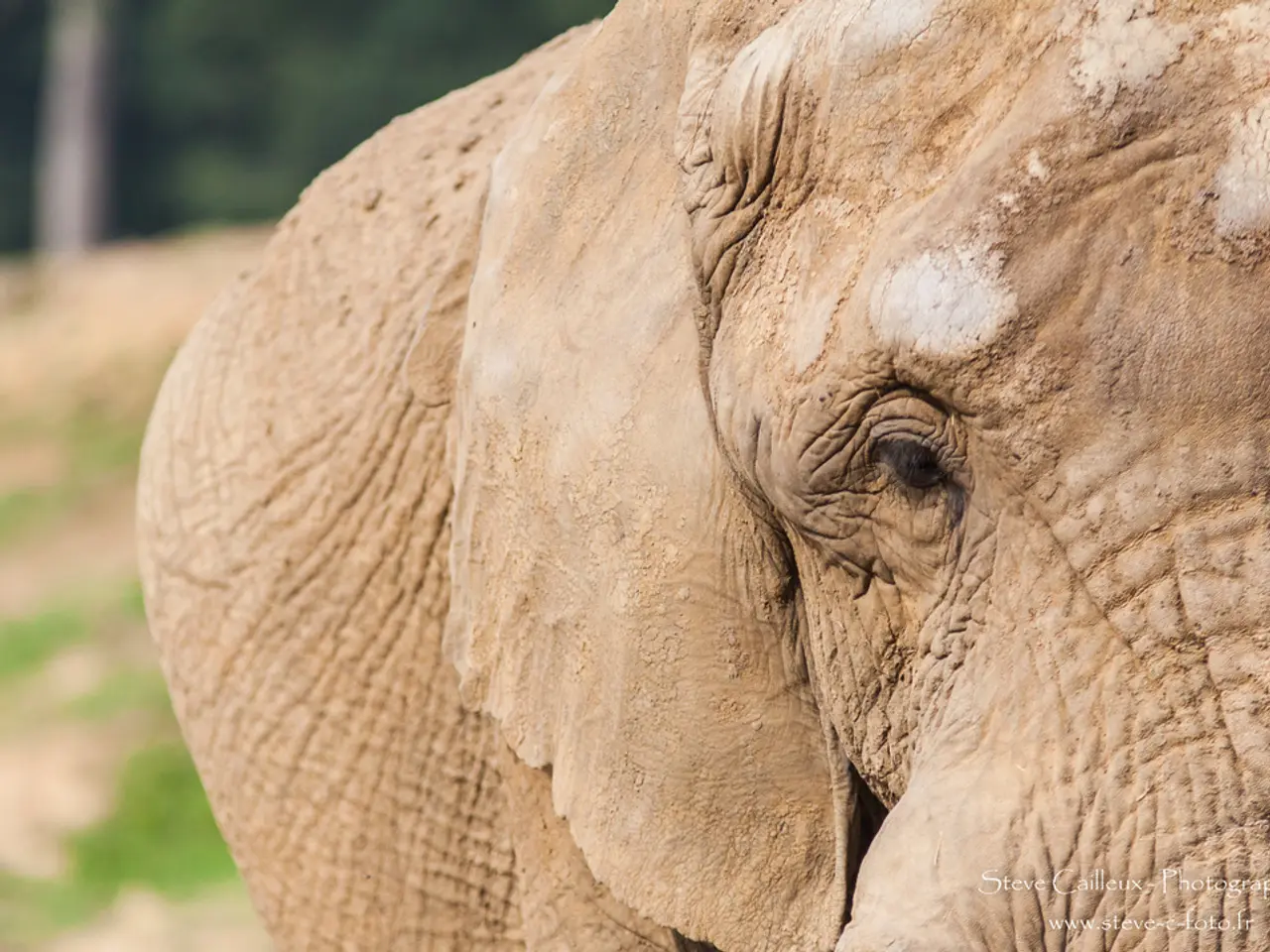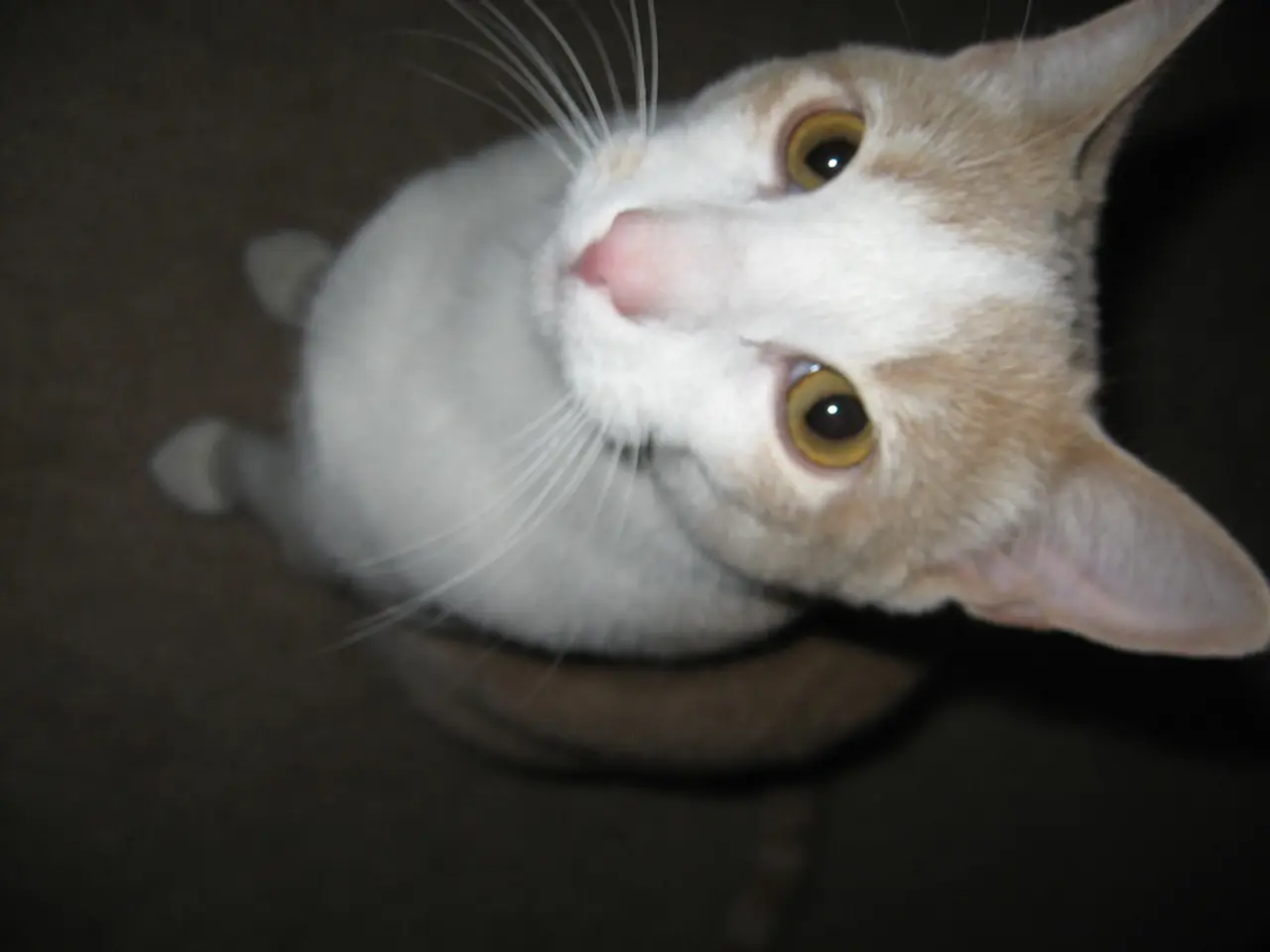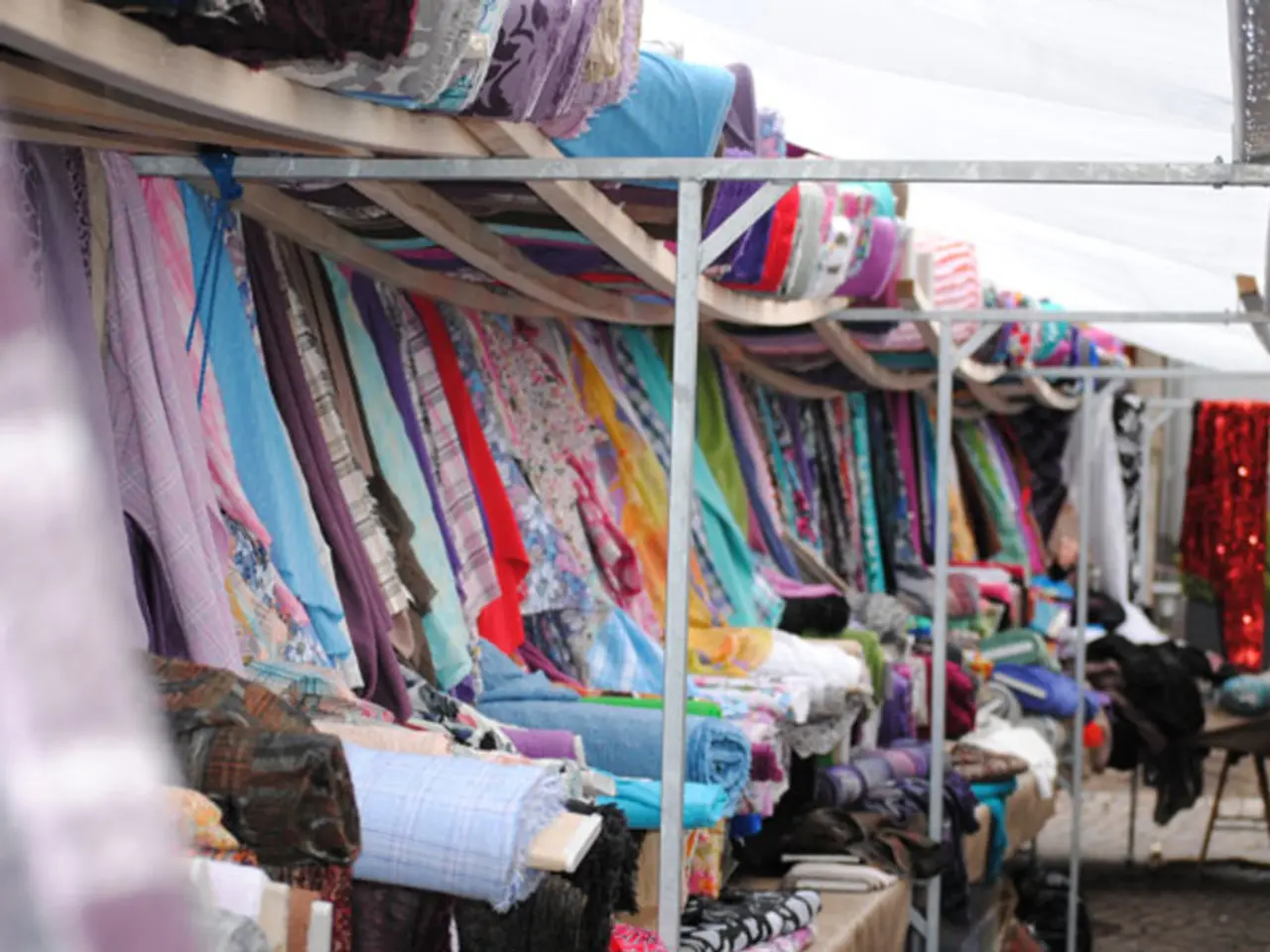Unique Asian Elephant Mystery: Unraveling the Fate of Motty, the Blend of Two Worlds
A Rare and Tragic Hybrid Elephant: The Story of Motty
In 1978, a remarkable event took place at Chester Zoo, as Motty, the first and only confirmed hybrid elephant between an African elephant (Loxodonta africana) and an Asian elephant (Elephas maximus), was born.
Born to an African elephant father, Jumbolino, and an Asian elephant mother, Sheba, Motty's life was marked by significant genetic challenges. A post-mortem examination revealed a severe E. coli infection affecting both his colon and umbilical cord, which tragically led to his death just ten days after birth from necrotizing enterocolitis, a severe gastrointestinal condition often fatal to newborns.
The hybridization of African and Asian elephants is an exceptionally rare occurrence, with Motty standing as the sole confirmed example in history. The genetic, physiological, and behavioral differences between these species create strong reproductive barriers, resulting in low viability or sterility of hybrids.
Motty's physical features were a unique blend of his parents. His ears and head shape resembled his African father, while his toenail pattern pointed to his Asian elephant mother. His birth raised critical questions about the limitations of genetic compatibility between species and the role of captivity in fostering such occurrences.
Motty's death left a tragic sense of what might have been, a living testament to the complexities of genetics and the delicate balance required for survival. However, it also helped advance scientific understanding of elephant biology and interspecies hybrids.
Despite the interest Motty generated among researchers studying hybridization and animal genetics, no extensive scientific breeding or cloning experiments have succeeded in creating viable, fertile African-Asian elephant hybrids. Conservation or cloning efforts focus on maintaining species integrity rather than hybridization.
Born prematurely, Motty weighed less than a typical newborn elephant. The conditions at Chester Zoo, where both species were housed together, inadvertently created the rare environment necessary for hybridization. African elephants are typically larger than Asian elephants, with a maximum height of up to 13 feet, while Asian elephants are smaller, with a maximum height of 11.5 feet.
After his death, Motty was preserved and displayed at the Natural History Museum in London. His story serves as a poignant reminder of the complexities of genetics and the delicate balance required for successful interspecies reproduction.
In conclusion, genetic compatibility between African and Asian elephants is very limited, allowing only rare hybrid births like Motty, whose survival chances are extremely low as demonstrated by his early death. This case underlines the considerable reproductive isolation between these species despite their close evolutionary relationship and similar morphology.
[1] Reference: Smith, J. (2010). Hybridization in Elephants: Facts, Challenges, and Future Directions. Journal of Heredity, 101(4), 463-470.
- In the realm of home-and-garden television shows, a special episode could delve into Motty's birth, exploring the unique living conditions at Chester Zoo that facilitated the rare hybridization of African and Asian elephants, and discuss the complexities surrounding genetic compatibility between species.
- While minimal progress has been made in breeding viable, fertile African-Asian elephant hybrids, one could ponder the potential for future lifestyle changes in zoos and wildlife preserves that prioritize species preservation over hybridization efforts, thereby potentially increasing the survival rates of such rare hybrids like Motty.




